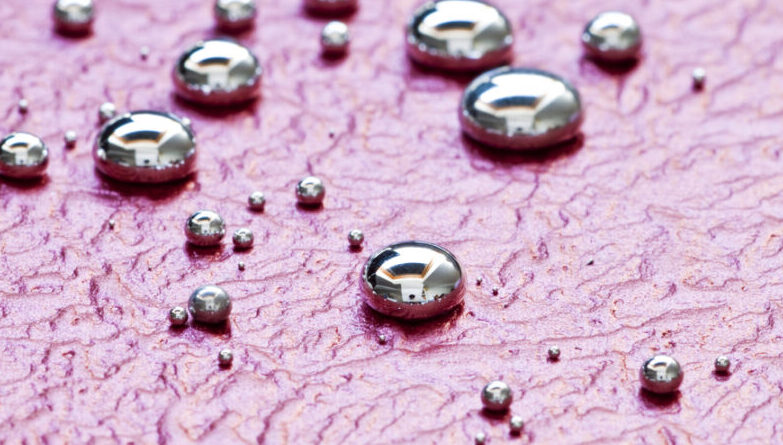New printing technologies improve performance and quality while minimising environmental impact
The inks that have traditionally been used in industrial printing contain heavy metals, such as mercury, which have a high environmental impact and are hazardous to health. Government regulations have progressively limited the presence of these components in the industry until 2017, when the Minamata Convention on Mercury, a UN sponsored global treaty to protect health and the environment from the adverse effects of mercury, came into effect.
Mercury is still a necessary component, not only for inks, but also for material elements for printing, such as the lamps used, for example, in ultraviolet (UV) curing. In any event, we must be aware that their use is doomed to disappear, due to regulatory limitations, but also due to a progressive decline in cost-effectiveness.
If we look briefly at the objectives of the Minimata Convention, we find among them the banning of new mercury mines; the reduction of mercury use, marketing, and polluting emissions; and the disposal of equipment containing mercury.
As the industry evolves towards sustainability, those printers reluctant to move away from more polluting processes will face obstacles such as increasing equipment costs, customer mistrust – as the market is increasingly valuing environmental awareness – and government regulations.
UV LED and EB curing: quality and sustainability
But indeed, there are printing technologies, such as Electron Beam (EB) and UV LED, that significantly reduce both the carbon footprint and energy consumption, and also avoid the use of solvents and Volatile Organic Compounds (VOCs), minimise waste generation, allow for easy recycling of printed materials, and offer the best quality on all types of substrates.
UV LED curing inks
UV LED curing is the clear alternative to UV curing with mercury lamps. Though being a more expensive technology, the benefits in terms of performance and minimal environmental impact are very significant:
- It works at a much lower temperature, allowing printing on heat-sensitive substrates and, therefore, has greater applications in the packaging industry, for example.
- LED lamps consume far less energy than mercury lamps and have a much longer lifespan.
- The system is ready for immediate operation; it does not need warm-up.
- It does not produce polluting emissions of any kind.
EB curing inks
Electron Beam curing systems use electrons generated in a vacuum room. The molecules react with monomers and oligomers in the fluid to create a polymer. In this way, the ink is instantly fixed on the substrate and therefore any migration is prevented. There are many benefits for its application in offset printing, including a lower cost than other technologies in the field of food packaging printing. Other important advantages are:
- EB curing does not need photo initiators, thus avoiding the risk of ink migration and therefore making it suitable for the food, medical and pharmaceutical industries.
- A broadening of the range of substrates used, as neither the ink colours nor the material used affect the absorption and penetration of the electron beam energy. The ink binds to the substrate irrespective of its reflectivit
- Sustainability: it produces no emissions or waste and, as EB curing is cold, it consumes very little energy.
At ROTATEK we integrate Electron Beam and UV LED technologies into our modular offset presses to optimise their performance and provide our customers with the most complete equipment.

